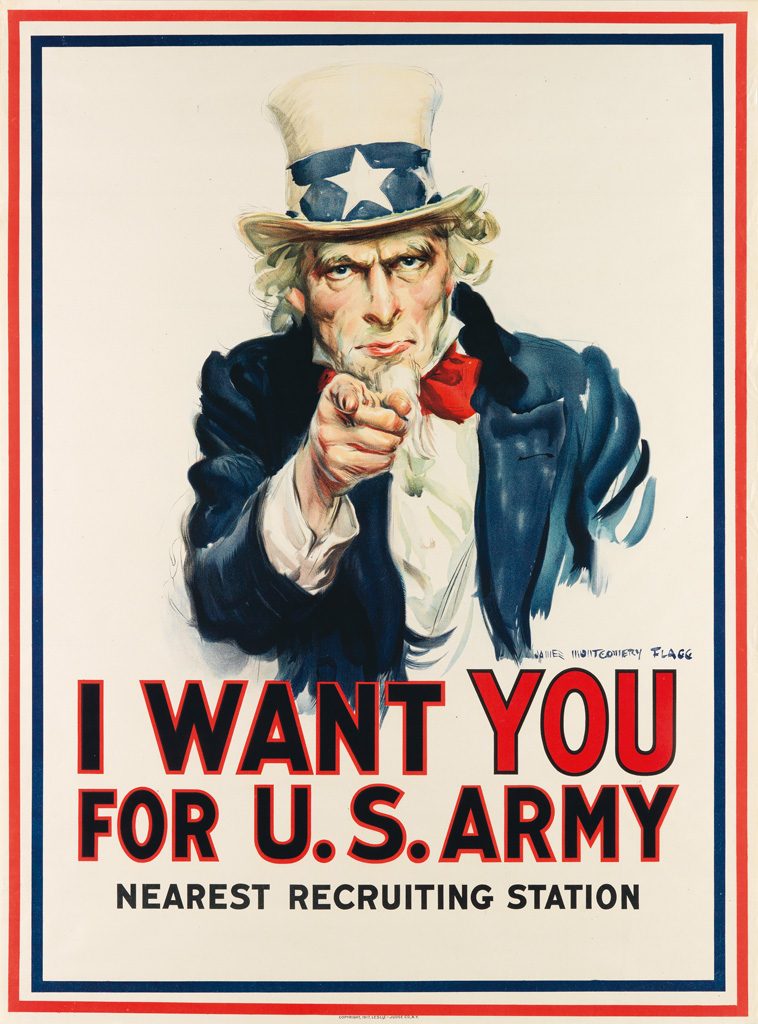An unusual lot in our upcoming auction of Vintage Posters features a colorful individual: Captain Costentenus, a Greek Albanian man tattooed from head to foot.

Lot 2: Captain Costentenus, 1876. Estimate $800 to $1,200.
Captain Costentenus was tattooed over his entire body and claimed to have had them applied on him as punishment by Chinese Tartars when he was caught on a gold-seeking expedition to Burma. Upon his return to western civilization, he joined the circus. As early as 1874, he was appearing at the Folies Bergère in Paris, and the following year he came to America. After a brief stint at the New American Museum in New York, he began working for P.T. Barnum, touring with his circus on and off through the end of the decade.
According to the New York Historical Society in their 2017 exhibition Tattooed New York, “For more than 300 years, New York has played a central role in the development of modern tattooing, from its origins in Native American body art to the introduction of the craft by sailors in colonial New York, from the development of a New York style to the three-decade tattoo ban instituted in 1961 and the subsequent underground tattoo culture.”

La Bella Angora, 1910. Sold February 7, 2002 for $3,220.
The striking graphic of tattooed performers made them an ideal subject for circus posters. In another example, “The Tattooed Queen” is depicted at different angles and, as her backstory, is shown getting tattooed.
Today, instead of tattooed persons appearing on posters, you’re more likely to find a person with a poster tattooed onto them. A poster’s inherent bold, graphic quality makes them ideal for tattooing. Designed to be recognizable, the meaning of an iconic poster is enhanced, changed or subverted when its image is used as a body modifier. The August 2 Vintage Posters auction is bursting with iconic imagery that has inspired people for decades.

Lot 54: Alphonse Mucha, Zodiac, 1900. Estimate $12,000 to $18,000.
With Zodiac, Mucha’s style reaches full maturity, with each of his signature design elements in their most fluid and elaborate incarnations. The image was originally published as a calendar by F. Champenois but was quickly bought by La Plume, who began issuing it as a calendar with their own name at the top. The image was a huge success and was ultimately used for a variety of different advertising purposes; at least ten different variations have been identified. This is a previously unrecorded variant, possibly a proof, with registration marks in the corners and within the blank calendarium and the absence of Mucha’s printed signature.

Lot 141: James Montgomery Flagg, I Want You for U.S. Army, 1917. Estimate $7,000 to $10,000.
James Montgomery Flagg’s searing rendition of Uncle Sam galvanized generations of Americans into battle, and cemented the bearded, top-hatted man into the national consciousness. Countless interpretations of this poster have been permanently etched onto bodies since it was first published, exactly 100 years ago.

James Montgomery Flagg, I Want You, on an arm. Courtesy Lady Luck Tattoo.
Find more inspiration in our full catalogue.
The post The Symbiotic Relationship Between Tattoos & Posters appeared first on Swann Galleries News.
